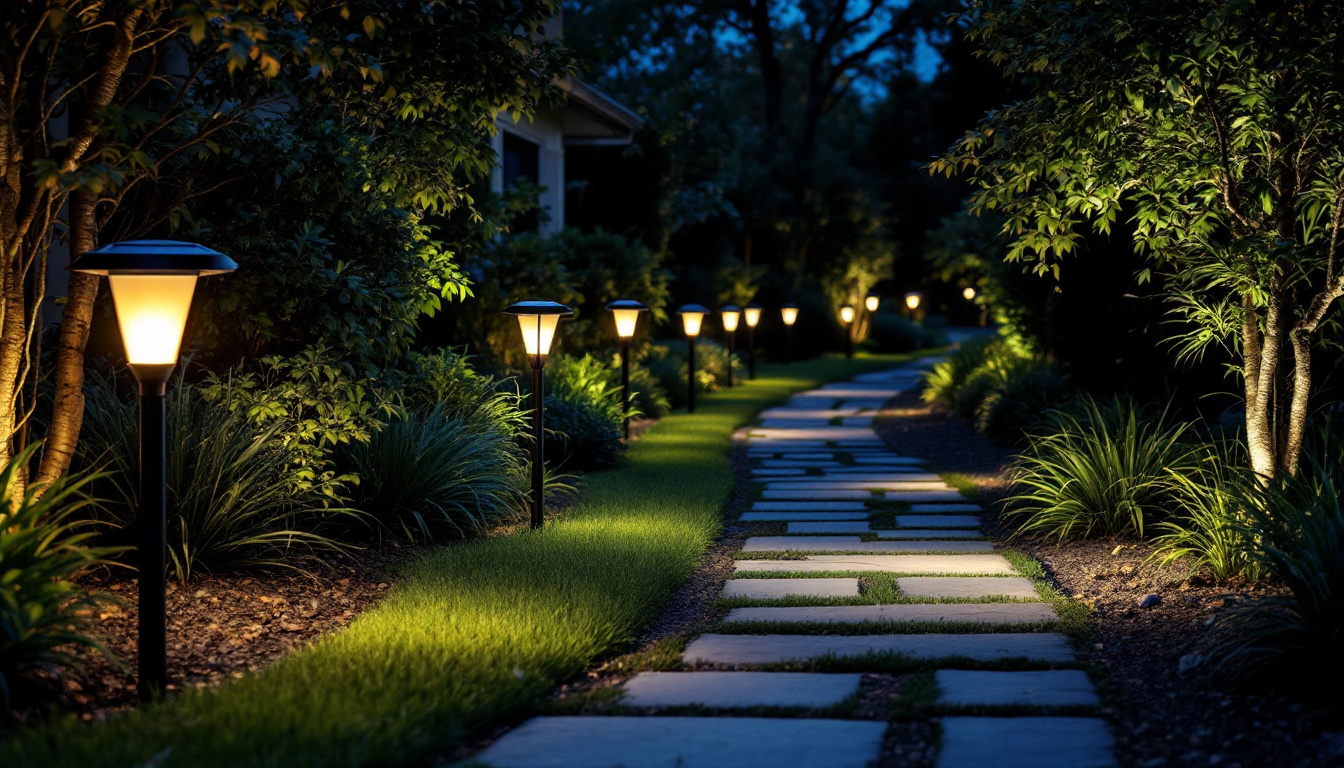

Pendant lights have become a staple in modern interior design, offering both functionality and aesthetic appeal. As a lighting contractor, understanding the nuances of pendant lighting can enhance your ability to meet client needs and elevate your projects. This article explores the various aspects of pendant lights, including their types, installation tips, and design considerations.
Pendant lights are fixtures that hang from the ceiling, typically suspended by a cord, chain, or rod. They serve multiple purposes, from providing ambient lighting to acting as decorative focal points in a room. Their versatility makes them suitable for various spaces, including kitchens, dining areas, and living rooms.
There are several types of pendant lights, each designed to serve different functions and aesthetics. Understanding these types will help you recommend the right fixture for your clients.
Pendant lights come in a variety of materials and styles, allowing for customization to match any interior design theme. Common materials include glass, metal, and fabric, each offering unique characteristics.
For instance, glass pendants can create a sense of elegance and openness, while metal fixtures often convey a more industrial or modern vibe. Fabric shades can soften the light and add warmth to a space.
In addition to these materials, the finish of the pendant can greatly influence the overall aesthetic. Polished chrome or brass finishes can add a touch of luxury and sophistication, while matte black or aged bronze can evoke a more rustic or vintage feel. The choice of finish can also affect how light interacts with the fixture, enhancing the ambiance of the room. Furthermore, the shape of the pendant—whether it be geometric, organic, or abstract—can also play a crucial role in defining the style of the space. A sleek, cylindrical pendant might suit a contemporary kitchen, while a whimsical, colorful design could be perfect for a child’s playroom.
Lighting technology has also evolved, leading to the introduction of energy-efficient LED options in pendant designs. These modern fixtures not only reduce energy consumption but also come in a variety of color temperatures, allowing homeowners to choose between warm, inviting light or bright, cool illumination. This flexibility can enhance the functionality of a space, making it more adaptable for different activities, from cooking and dining to entertaining and relaxing.
Proper installation is crucial for the functionality and safety of pendant lights. As a lighting contractor, you should be familiar with the best practices for installing these fixtures.
The height at which pendant lights are hung can significantly affect their effectiveness and aesthetic appeal. Generally, pendant lights should be hung 30 to 36 inches above a countertop or dining table. This height ensures adequate illumination while allowing for comfortable interaction below.
In open spaces, consider the overall scale of the room. Larger pendants may require higher mounting to avoid overwhelming the space, while smaller fixtures can be hung lower for a more intimate feel. Additionally, when grouping multiple pendants, maintain a consistent height to create a cohesive look, or vary the heights slightly for a more dynamic visual interest. This approach can also help define different areas within a larger space, such as distinguishing a dining area from a living room.
When installing pendant lights, ensure that the electrical wiring is up to code and can handle the load of the fixtures. It’s essential to check the wattage requirements and ensure that the circuit can support the total load of all connected fixtures.
Additionally, consider using dimmer switches with pendant lights. This allows clients to adjust the brightness according to their needs, enhancing the versatility of the lighting setup. Furthermore, when selecting pendant lights, pay attention to the type of bulbs being used. LED bulbs are energy-efficient and have a longer lifespan compared to traditional incandescent bulbs, making them a popular choice for modern installations. It’s also worth noting that the color temperature of the bulbs can greatly influence the ambiance of a space; warmer tones create a cozy atmosphere, while cooler tones can promote alertness and focus, making them ideal for workspaces.
Integrating pendant lights into a design scheme requires careful consideration of various elements, including color, texture, and overall style. Here are some tips to ensure seamless integration.
When selecting pendant lights, consider the existing décor of the space. Choose fixtures that complement the color palette and style of the room. For instance, a sleek, modern pendant may clash with a rustic farmhouse aesthetic, while a vintage fixture could enhance a retro-themed space.
Encourage clients to think about how the pendant lights will interact with other elements in the room, such as cabinetry, furniture, and wall colors. This holistic approach will create a cohesive design that feels intentional and well thought out. Additionally, consider the scale of the pendant lights in relation to the room’s dimensions. Oversized fixtures can serve as stunning focal points in larger spaces, while smaller pendants may be better suited for more intimate settings, ensuring that the lighting enhances rather than overwhelms the environment.
Pendant lights should be part of a layered lighting strategy. Encourage clients to combine pendant lighting with other sources, such as recessed lights, wall sconces, and floor lamps. This layering creates depth and dimension in a space, enhancing both functionality and ambiance.
For example, in a kitchen, pendant lights can provide task lighting over an island, while recessed lights offer general illumination throughout the room. This combination ensures that the space is well-lit for various activities, from cooking to entertaining. Moreover, consider the use of dimmers to adjust the intensity of the pendant lights, allowing for versatility in mood and atmosphere. In a dining area, softer lighting can create a warm and inviting environment for family gatherings, while brighter settings may be ideal for more lively occasions. By thoughtfully integrating these elements, you can transform a simple room into a dynamic and inviting space that caters to both aesthetic and practical needs.
Staying updated on current trends in pendant lighting can help you provide clients with the most relevant options. Here are some trends that are gaining popularity in the design world.
As sustainability becomes increasingly important in design, many manufacturers are focusing on eco-friendly materials for pendant lights. Options made from recycled metals, bamboo, and other sustainable resources are becoming more widely available.
Highlighting these options to clients not only meets their aesthetic needs but also aligns with their values regarding environmental responsibility. Furthermore, the use of sustainable materials often adds a unique character to the lighting fixtures, as each piece can have its own distinct look and feel. This individuality can be a selling point for clients who want their spaces to reflect their personal style while also being mindful of their ecological footprint.
Smart pendant lights that can be controlled via smartphone apps or voice commands are gaining traction. These fixtures allow users to adjust brightness, color temperature, and even set schedules for when the lights should be on or off.
As a contractor, being knowledgeable about smart lighting technology can position you as a forward-thinking professional who understands modern needs and preferences. Additionally, integrating smart lighting can enhance the overall ambiance of a space, allowing clients to create different moods for various occasions. For instance, a warm glow for intimate gatherings or bright, cool lighting for focused work can be easily achieved with the right smart lighting solutions. This versatility not only increases the functionality of the space but also appeals to a tech-savvy clientele looking to modernize their homes.
Even experienced lighting contractors can make mistakes when it comes to pendant lighting. Here are some common pitfalls to avoid.
One of the most important aspects of selecting pendant lights is ensuring that the scale of the fixture is appropriate for the space. A large pendant in a small room can feel overwhelming, while a tiny fixture in a spacious area may get lost and fail to provide adequate illumination.
Encourage clients to visualize the size of the pendant in relation to their space before making a final decision. This can be done by using painter’s tape to outline the dimensions of the fixture on the floor or ceiling.
Some pendant lights require more maintenance than others, particularly those with intricate designs or materials that attract dust and dirt. Discuss maintenance requirements with your clients to ensure they choose fixtures that fit their lifestyle.
For example, glass pendants may require regular cleaning to maintain their clarity, while metal fixtures may need periodic polishing to prevent tarnishing. Being upfront about these considerations can help clients make informed decisions.
Pendant lights offer a unique blend of functionality and style, making them an essential consideration for any lighting contractor. By understanding the different types, installation practices, and design integrations, you can enhance your expertise and provide exceptional service to your clients.
Stay informed about the latest trends and technologies in pendant lighting, and be mindful of common mistakes to ensure successful installations. With the right knowledge and approach, pendant lights can transform any space and create stunning visual narratives that your clients will love.
Ready to elevate your lighting projects with the latest pendant lights? Look no further than LumenWholesale for a superior selection of spec-grade lighting products at unbeatable wholesale prices. Our commitment to quality and affordability ensures that you can light up any space with confidence and style. Say goodbye to inflated markups and hello to hassle-free bulk buying with free shipping. Don’t compromise on quality or cost—visit Wholesale Lighting at the Best Value and discover the perfect blend of quality, affordability, and convenience for all your lighting needs.

Discover essential tips and strategies for lighting contractors to sidestep common pitfalls when installing highbay LED lights.

Discover how stainless steel industrial pendant lights can enhance profitability in lighting installations.

Discover how the Led Industrial Lights Factory is revolutionizing the lighting industry with cutting-edge technology and sustainable solutions.

Discover the essential insights lighting contractors need about solar path lights.
Get notified when NEW deals are released.
Optimize your budget with wholesale discounts.
Only top-quality, specification-grade lighting products.
No additional costs at checkout - what you see is what you pay.
We understand the unique needs of contractors.